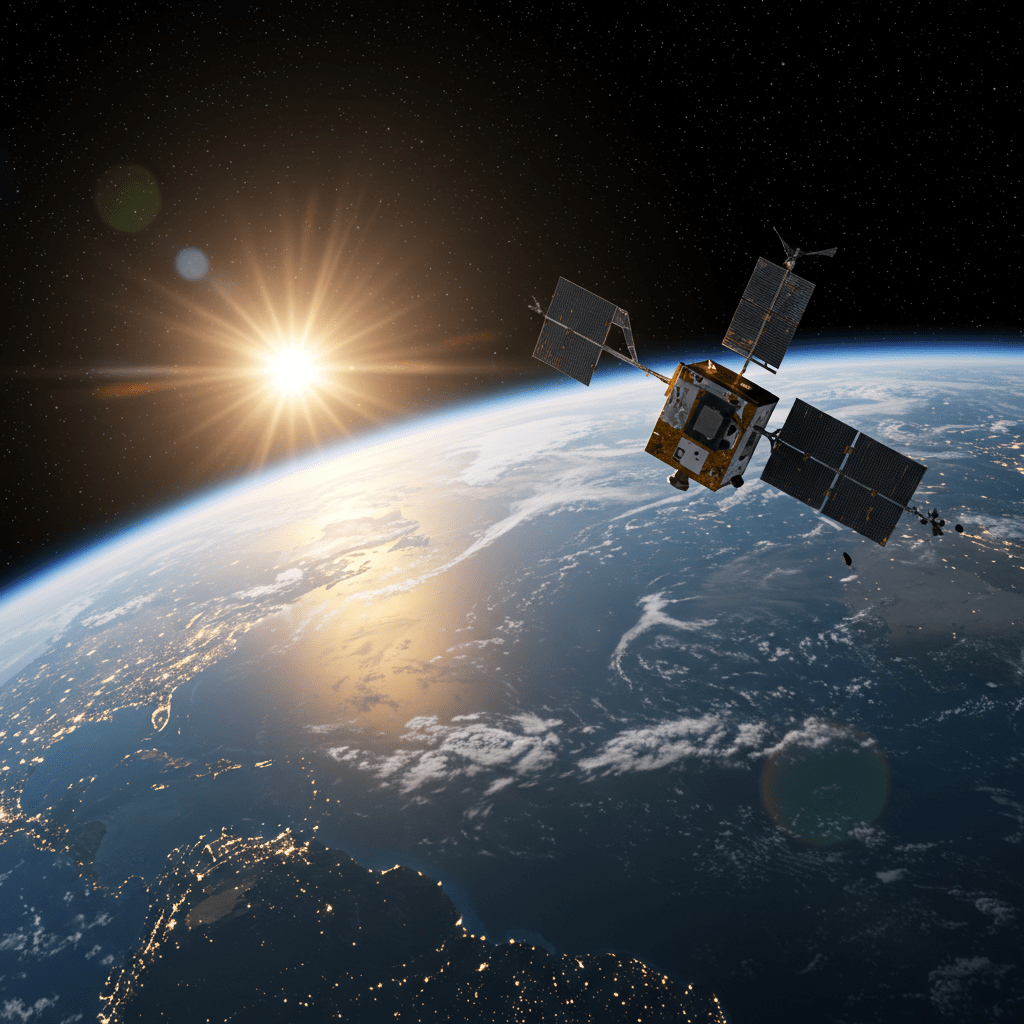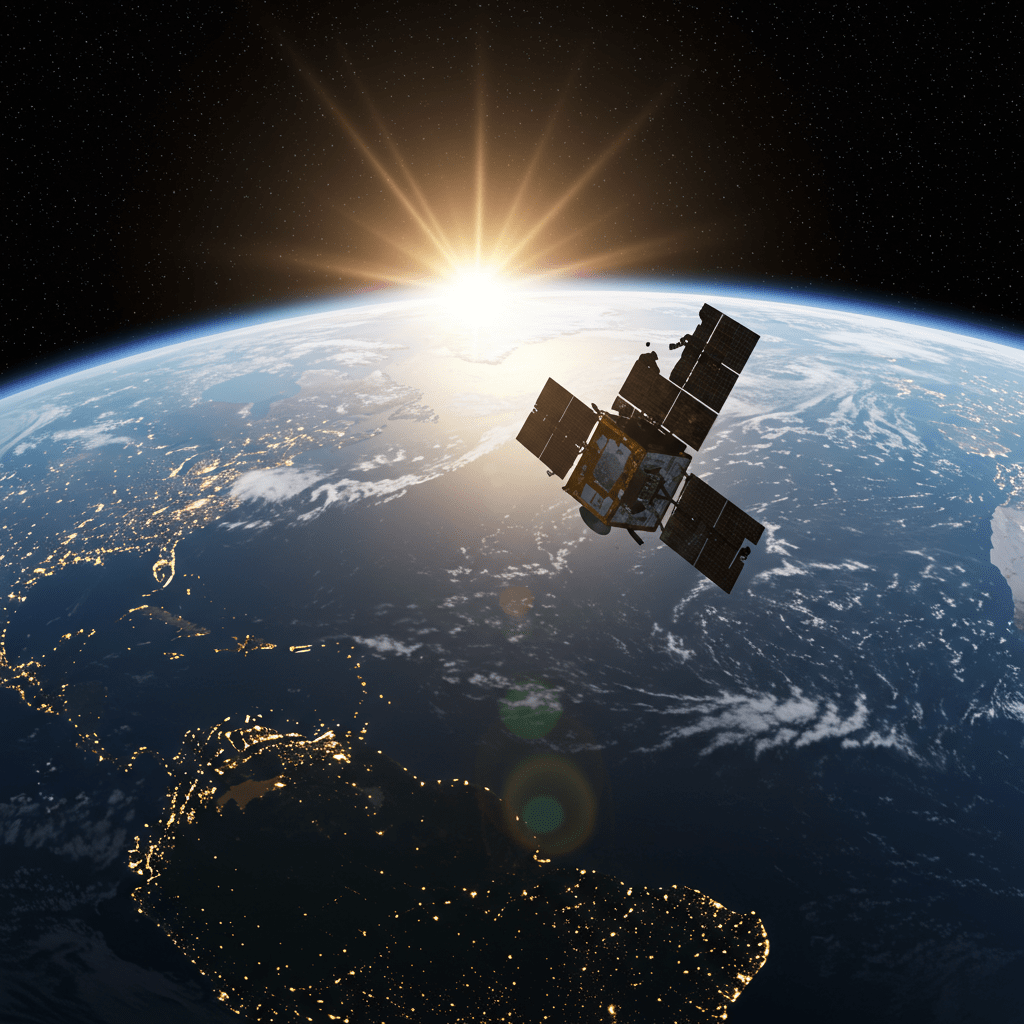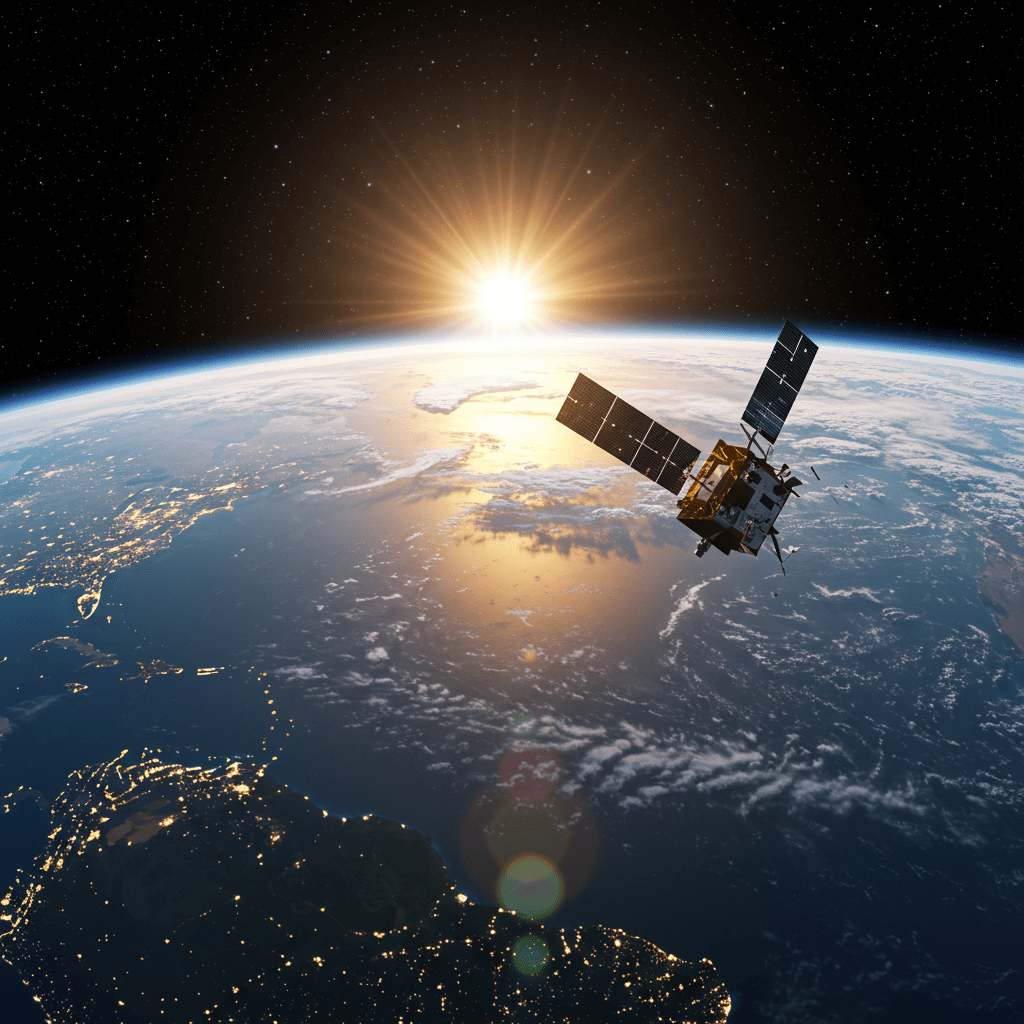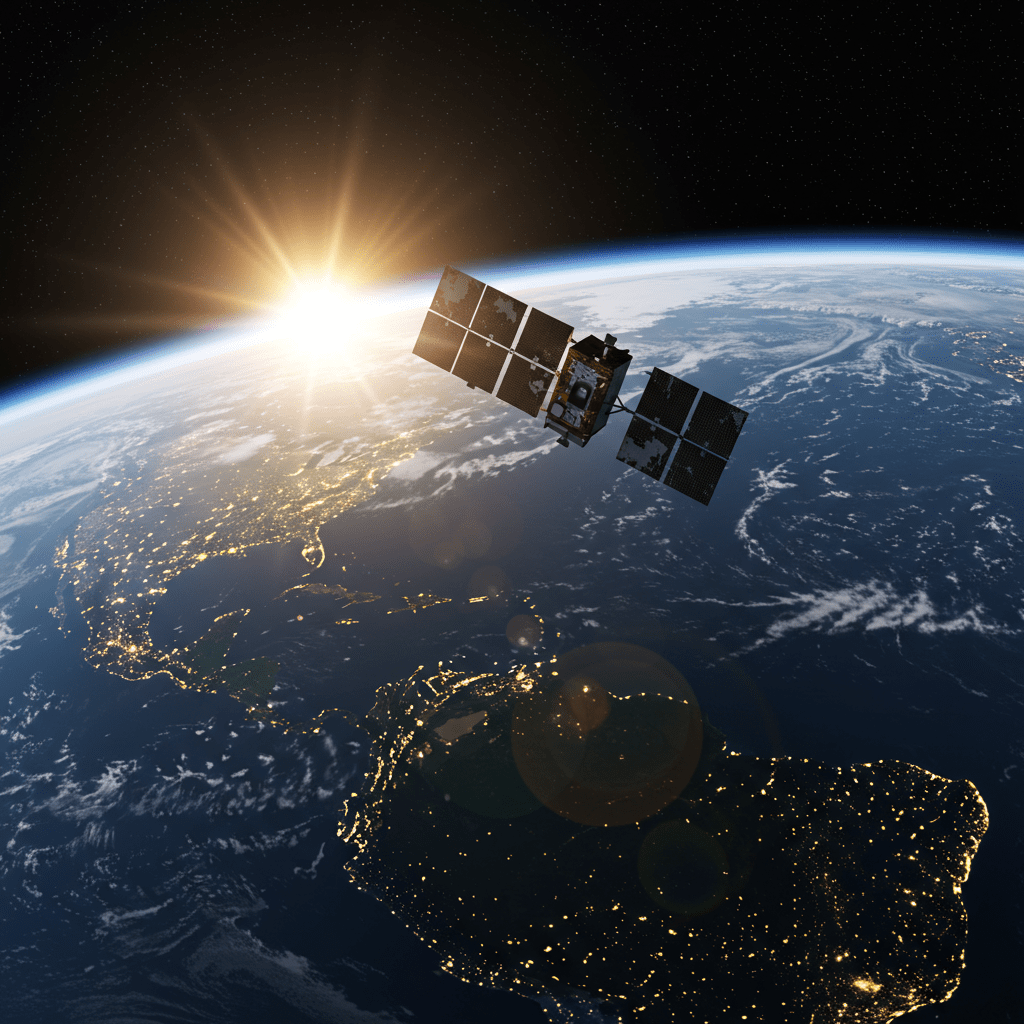Table of Contents
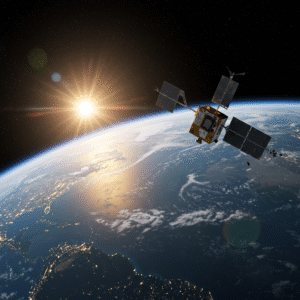
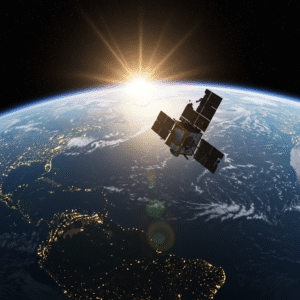
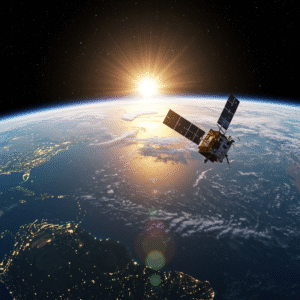
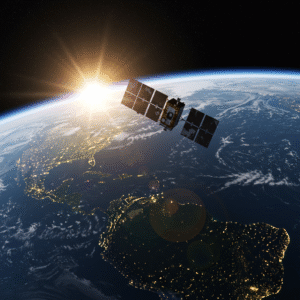
For over half a century, Earth Day has served as a potent reminder of humanity’s interconnectedness with the natural world and the urgent need for environmental protection. Observed annually on April 22nd, this global event transcends geographical and cultural boundaries, uniting individuals, communities, and nations in a collective call for sustainability. But beyond symbolic gestures, what exactly is Earth Day, and what tangible impacts has it achieved since its inception in 1970?
This article delves into the origins of Earth Day, exploring the socio-political climate that catalyzed its creation amidst growing concerns over industrial pollution and ecological degradation. We will examine the foundational role of Senator Gaylord Nelson and the grassroots activism that propelled the first Earth Day into a national phenomenon, mobilizing 20 million Americans.
Furthermore, we will analyze the event’s evolution into a global movement, fostering international cooperation on critical environmental issues such as climate change, biodiversity loss, and pollution mitigation. Through a detailed assessment of landmark environmental legislation and policy shifts, we will evaluate the demonstrable achievements of Earth Day advocacy, highlighting its enduring legacy in shaping environmental consciousness and driving positive change for the planet. Finally, we will look towards the future of Earth Day and its continued relevance in the face of escalating environmental challenges.
What is Earth Day, When is it, and What Has it Achieved?
Earth Day is an annual global event celebrated on April 22nd to demonstrate support for environmental protection. First held on April 22, 1970, it now includes a wide range of events coordinated globally by EARTHDAY.ORG (formerly Earth Day Network) involving more than 1 billion people in over 193 countries. The day aims to raise awareness about the pressing environmental challenges facing our planet, from climate change and pollution to deforestation and biodiversity loss. It serves as a call to action, urging individuals, governments, and organizations to take concrete steps towards a more sustainable future.
The Genesis of Earth Day
The idea for Earth Day was conceived by Senator Gaylord Nelson, a Wisconsin Democrat, who was deeply concerned about the deteriorating state of the environment. Witnessing the devastating effects of the 1969 Santa Barbara oil spill, a massive ecological disaster that released millions of gallons of crude oil into the Pacific Ocean, Nelson recognized the need for a unified national effort to address environmental issues. Inspired by the student anti-war movement, he envisioned a large-scale teach-in focused on environmental education and activism.
Nelson recruited Denis Hayes, a young activist, as the national coordinator. Hayes built a national staff of 85 to promote events across the land. On April 22, 1970, 20 million Americans took to the streets, parks, and auditoriums to participate in rallies, demonstrations, and educational programs. This unprecedented mobilization marked the birth of the modern environmental movement.
Earth Day’s Impact: Legislative and Policy Victories
Earth Day 1970 played a pivotal role in galvanizing public support for environmental legislation in the United States. The momentum generated by the event paved the way for the creation of the Environmental Protection Agency (EPA) later that year and the passage of landmark environmental laws, including:
- The Clean Air Act (1970): This landmark legislation established national air quality standards to regulate pollutants emitted from stationary and mobile sources, significantly reducing air pollution and improving public health. It has led to a 74% reduction in key air pollutants since 1970, even as the US economy grew by 285%.
- The Clean Water Act (1972): This act set ambitious goals for eliminating water pollution and restoring the chemical, physical, and biological integrity of the nation’s waters. It has resulted in substantial improvements in water quality across the country, making many rivers and lakes once heavily polluted now fishable and swimmable.
- The Endangered Species Act (1973): This crucial law provides for the conservation of species that are endangered or threatened throughout all or a significant portion of their range and the conservation of the ecosystems on which they depend. It has prevented the extinction of hundreds of species, including the bald eagle and the gray wolf.
Earth Day’s Global Reach and Evolution
Over the decades, Earth Day has evolved into a global movement, addressing a broader range of environmental issues. In 1990, Earth Day went global, mobilizing 200 million people in 141 countries and lifting environmental issues onto the world stage. This helped pave the way for the 1992 United Nations Earth Summit in Rio de Janeiro.
In the 21st century, Earth Day continues to be a catalyst for change, focusing on emerging challenges such as climate change, plastic pollution, and the need for a transition to a clean energy economy. The Earth Day 2000 campaign utilized the internet to organize activists around the globe, bringing 5,000 environmental groups together and reaching hundreds of millions of people.
Earth Day’s Achievements in the 21st Century
- Raising Awareness about Climate Change: Earth Day has played a crucial role in educating the public about the science and impacts of climate change, mobilizing support for policies to reduce greenhouse gas emissions, and promoting solutions such as renewable energy and energy efficiency.
- Combating Plastic Pollution: Earth Day campaigns have highlighted the devastating impact of plastic pollution on marine ecosystems and human health, leading to increased public awareness and initiatives to reduce plastic consumption and promote recycling. The End Plastic Pollution campaign in 2018 mobilized more than 75,000 partners in over 192 countries to reduce plastic waste.
- Promoting Sustainable Development: Earth Day has championed the concept of sustainable development, advocating for economic growth that is environmentally responsible and socially equitable. The theme for Earth Day 2020, “Climate Action,” underscored the urgency of addressing the climate crisis.
- Empowering Individuals and Communities: Earth Day encourages individuals to take personal responsibility for protecting the environment through actions such as reducing their carbon footprint, conserving water, and supporting sustainable businesses. The Billion Acts of Green campaign, launched in 2010, registered over one billion environmental service commitments from individuals and organizations worldwide.
Personal Experiences and Reflections
Participating in Earth Day events, whether it’s a community cleanup, a tree planting, or an educational workshop, can be a powerful and transformative experience. Personally, volunteering at a local river cleanup showed me firsthand the devastating impact of pollution on our waterways and inspired me to make more sustainable choices in my daily life. The sense of collective action and shared purpose that I experienced during the cleanup was truly inspiring.
The Future of Earth Day
As we face increasingly complex environmental challenges, Earth Day remains more relevant than ever. It provides a platform for global dialogue, collaboration, and action. The theme for Earth Day 2023, “Invest In Our Planet,” calls for businesses, governments, and citizens to invest in our planet’s future by accelerating the transition to a green economy.
Earth Day is not just a single day of celebration; it is a year-round movement that empowers individuals and communities to make a difference. By embracing the spirit of Earth Day, we can work together to create a healthier, more sustainable future for ourselves and generations to come. The future of Earth Day lies in the continued mobilization of individuals, organizations, and governments to address the pressing environmental challenges of our time. This includes advocating for stronger environmental policies, promoting sustainable practices, and fostering a global culture of environmental stewardship.
Earth Day, observed annually on April 22nd, transcends a mere calendar event; it represents a global commitment to environmental stewardship. Originating from the burgeoning environmental movement of the 1970s, Earth Day successfully channeled public concern regarding air and water pollution into tangible political action, culminating in landmark legislation like the Clean Air Act and the establishment of the Environmental Protection Agency (EPA). Subsequent iterations have broadened the scope to encompass climate change mitigation, biodiversity conservation, and sustainable resource management.
Quantifiable achievements include heightened public awareness regarding ecological interconnectedness, advancements in renewable energy technologies, and the implementation of international accords like the Paris Agreement. However, anthropogenic pressures on planetary boundaries persist. Challenges such as deforestation, ocean acidification, and plastic pollution necessitate ongoing collective action. Earth Day serves as a potent annual reminder of this imperative.
Moving forward, active participation in citizen science initiatives, advocating for policy changes that incentivize sustainable practices, and adopting conscious consumption habits are crucial. The legacy of Earth Day hinges on translating awareness into sustained, impactful action. Future generations depend on our commitment to environmental responsibility, not just on one day, but every day. Let us ensure that Earth Day’s legacy is a thriving planet for all.
Frequently Asked Questions
What is Earth Day?
Earth Day is an annual global event celebrated on April 22nd to demonstrate support for environmental protection. First held in 1970, it now includes a wide range of events coordinated globally by EARTHDAY.ORG (formerly Earth Day Network) including 1 billion people in more than 193 countries. The event aims to raise public awareness about pressing environmental challenges like climate change, pollution, and deforestation.
When is Earth Day celebrated?
Earth Day is celebrated every year on April 22nd.
What are some of Earth Day’s major achievements?
Earth Day has played a significant role in catalyzing major environmental policy changes. It is credited with galvanizing support for the passage of landmark environmental laws in the United States, including the Clean Air Act, Clean Water Act, and the Endangered Species Act. Globally, it has fostered greater environmental consciousness and spurred international cooperation on issues like climate change mitigation and biodiversity conservation.
How can I participate in Earth Day?
Individuals can participate in various ways, from attending local rallies and marches to organizing community cleanups, planting trees, reducing their carbon footprint through sustainable practices, and advocating for policy changes.
What is the theme for the current Earth Day?
Each year, Earth Day has a specific theme to focus global efforts. Information on the current year’s theme can be found on the official EARTHDAY.ORG website. The organization provides resources and promotes specific actions aligned with the annual theme.

